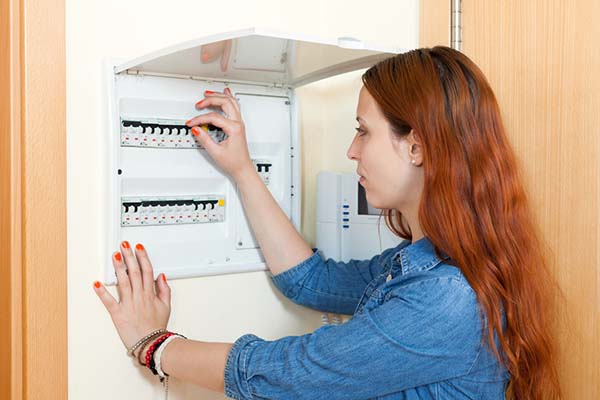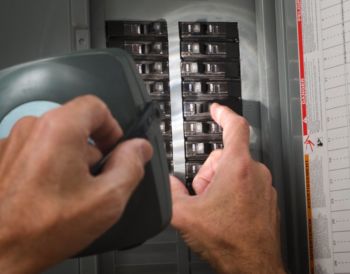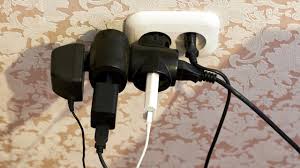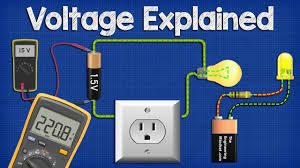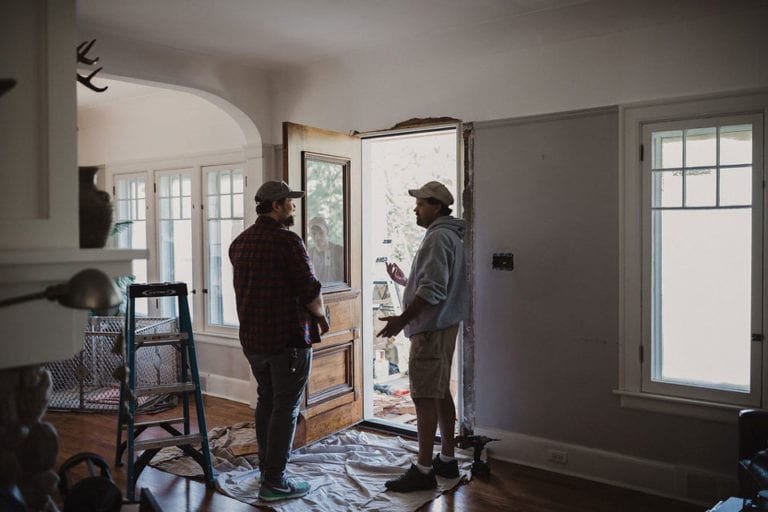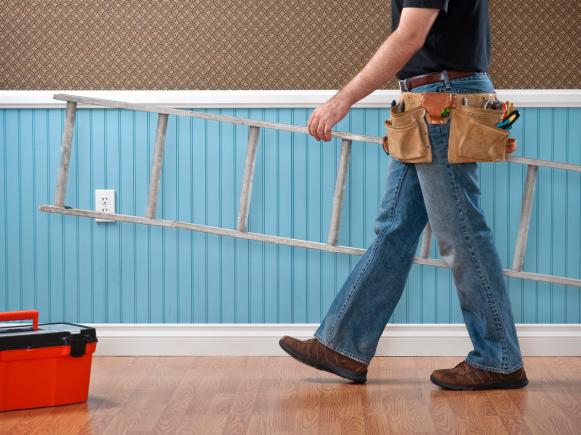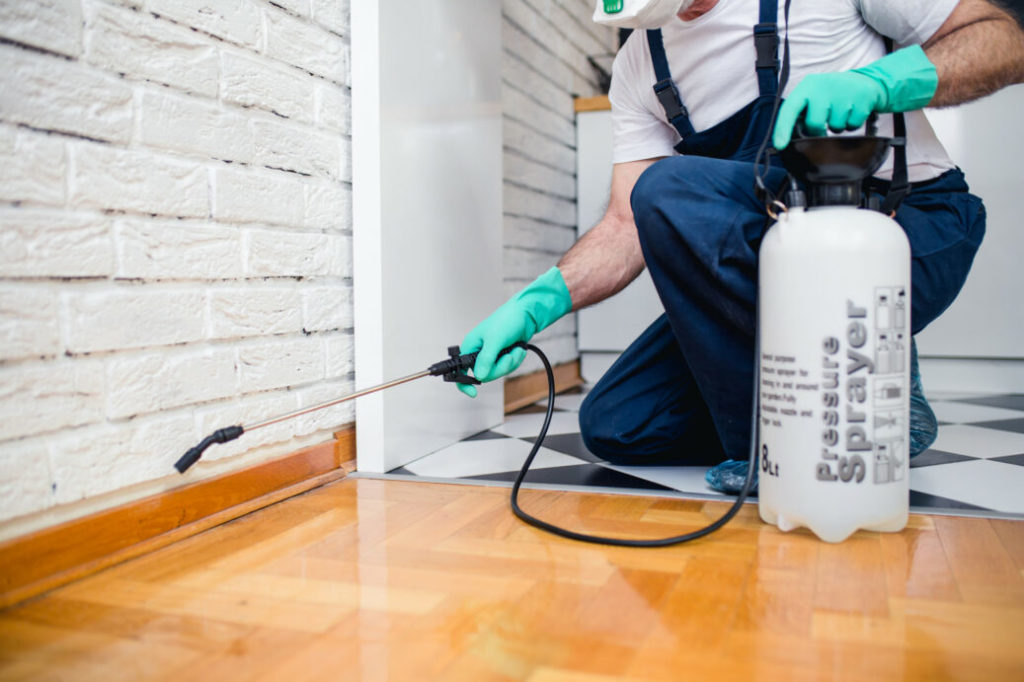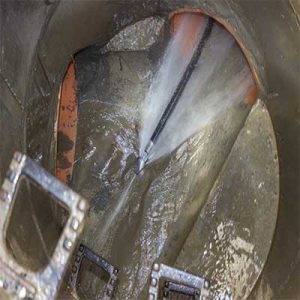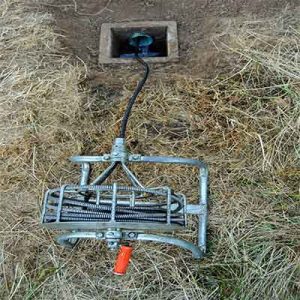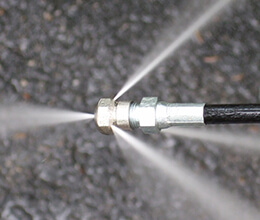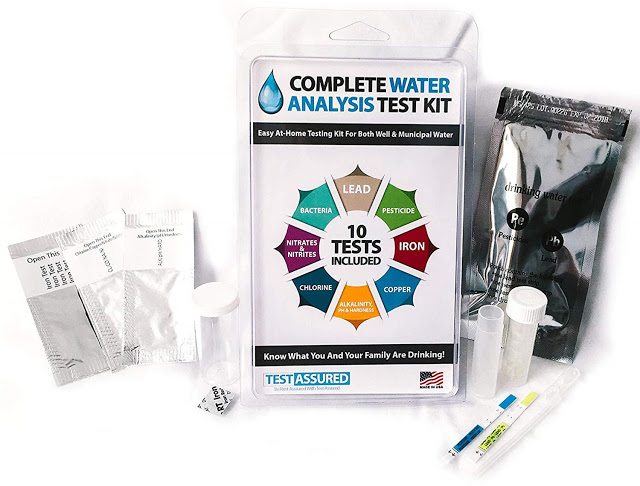How To Choose A Pest Control Company
According to Andy Architect of the National Pest Management Association, there are more that 19,000 pest management firms operating in the United States. Unfortunately, these companies are not all created equally.
Here are some steps from entomologist, Jeff White, to narrow your options and find the best:
Use web and telephone directories to locate several pest management firms in your area. Some may designate themselves as bed bug specialists, but this designation should only be an indicator and not a deciding factor.
Only utilize companies that have been registered to apply pesticides by the pesticide regulatory agency in your state. Lacking this license should serve as an immediate red flag.
Search for companies that use integrated pest management (IPM) services. IPM is a form of pest management designed to minimize the use of pesticides. Companies that utilize an IPM approach are more likely to provide ongoing monitoring and a multidisciplinary approach to bed bug management (more on this later).
INTERVIEWING COMPANIES: QUESTIONS YOU SHOULD KNOW TO ASK
Once you hire a pest management firm they may be entering your home and spraying pesticides or performing services that can cost hundreds of dollars. Interviewing the selected companies is not only your right, it is strongly advised.
Some key associations to look for include:
The National Pest Management Association (NPMA), state pest management associations, QualityPro, the Better Business Bureau (BBB), and bedbugFREE. Companies may also be members of equivalent associations.
Membership with the bedbugFREE national network is a particularly important affiliation to consider when bed bug treatments are desired. This membership indicates that companies are not only members of NPMA and/or QualityPro, but have also had their bed bug treatment protocols evaluated to ensure they share multidisciplinary treatment methods and philosophies similar to Bed Bug Central’s protocol.
Ask companies about their integrated pest management (IPM) approach to bed bug treatments. A good company should utilize some, if not all, of these procedures:
Use of a multidisciplinary approach beyond pesticides such as: vacuuming, cleaning, steaming, using mattress encasements instead of treating beds with pesticides, heat or Cryonite treatments, and/or fumigation.
Insist on inspecting before quoting a final price.
Price jobs according to findings and not just a flat fee.
Educate you on bed bugs, the company’s inspection findings, what they will be doing, and prevention.
Provide a written inspection report and a strategy for services rendered.
Provide a thorough follow up program that is not based upon a minimum number of visits but rather is based upon the current status of the bed bug activity. Follow ups should continue until control or elimination is achieved.
Inquire if children or pets are present and adjust their treatment protocol and use of pesticides accordingly.
Have a well-defined methodology for determining when an infestation has been eliminated.
Work with property managers to notify adjacent apartments about the problem and recommend including surrounding units for inspections and treatments.

How To Get Rid of Bed Bugs
Bed bugs infestation can spread easily and it’s very difficult to treat especially when a Cimex Lectularius infestation increases in epidemic proportions, as they thrive in any weather and environment. The key to eradicating bed bugs is early detection and quick treatment by an expert pest controller.
Identify Your Pest
Bed bugs hiding in the tiniest creak and crevice makes it a challenge to spot these flat and brown crawling bloodsuckers. Sometimes, bed bugs have been mistaken as cockroach nymphs or even beetles.
Choose Your Method
DIY or Professional?
When it comes to getting rid of bed bugs, you have two basic options: DIY or hire a professional. The DIY option typically prove to be ineffective and risk re-infestations. This is because bed bugs shelter in the narrowest of gaps such as seams of mattresses, bedframes or behind furniture. Most of the time, many of them faced hassles and stresses dealing with an infestation
Take Action
Contact Rentokil today to get rid of your bed bugs problem and eliminate any stress or pest concerns you have in your home or business. Benefit from a range of services and complete protection offered by a leading pest control company. Join thousands of satisfied customers throughout Indonesia.
HOW TO CHOOSE A BED BUG EXTERMINATOR
Bed bugs are real, and they are not just for hotels or public quarters like hospitals, dorms, and nursing homes. They can and do infest houses anywhere. They do not discriminate. The presence of bed bugs does not indicate anything related to a home’s cleanliness. If you think that you may have these unwanted bedroom visitors than there is no time like the present to contact a professional pest control service. There are many pest control services out there to choose from. Now you have to figure out just how to choose the right one, and just like most things that we pay for, it doesn’t hinge solely on price
There are two major area’s to look at when considering a professional exterminator or pest control service. The first area is whether they are licensed appropriately with your state and what is their membership status on national, state and local pest control associations. Membership to these associations requires an evaluation of the company’s practices both in the field, ethically and their total overall business practice
The second thing to consider, once you have found some pest control companies that pass the test with the first area, is the scope and price of their services offered. A company that is offering a complete approach to bed bug control would offer such things as:
A multi-faceted approach to treating the infestation along with the use of pesticides (vacuuming, cleaning, steaming, using mattress encasements etc.).
An actual visit and inspection of the property before giving you a price, which means there is no ‘flat fee’ to rid you of your infestation.
Provide a written report of the inspection that includes a detailed description of the recommended services and the strategy to eradicate the infestation that doesn’t have a ‘minimum’ number of visits, but is based on the actual status of your property’s bed bug status.
Present a thorough program that includes not only the initial treatment(s) to get the bugs out, but will also include follow up visits to ensure that the treatment was successful.
In this, the age of information, no one should be going into any relationship with any professional service blind and uneducated. Bed bugs are nothing to mess with. Put your worries and concerns to bed by contacting a company that meets or exceeds this list of criteria.
Tips to Prevent or Control Bed Bugs
Make sure you really have bed bugs, not fleas, ticks or other insects.
You can compare your insect to the pictures on our Identifying bed bugs Web page or show it to your local extension agent
Don’t panic!
It can be difficult to eliminate bed bugs, but it’s not impossible. Don’t throw out all of your things because most of them can be treated and saved. Throwing stuff out is expensive, may spread the bed bugs to other people’s homes and could cause more stress.
Think through your treatment options — Don’’t immediately reach for the spray can.
Be comprehensive in your approach. Try other things first. Integrated pest management (IPM) techniques may reduce the number of bed bugs and limit your contact with pesticides. If pesticides are needed, always follow label directions or hire a professional
Reduce the number of hiding places — Clean up the clutter.
A cluttered home provides more places for bed bugs to hide and makes locating and treating them harder. If bed bugs are in your mattress, using special bed bug covers (encasements) on your mattress and box springs makes it harder for bed bugs to get to you while you sleep. Leave the encasements on for a year. Be sure to buy a product that has been tested for bed bugs and is strong enough to last for the full year without tearing.
Regularly wash and heat-dry your bed sheets, blankets, bedspreads and any clothing that touches the floor.
This reduces the number of bed bugs. Bed bugs and their eggs can hide in laundry containers/hampers Remember to clean them when you do the laundry.
Hiring a Pest Management Professional for Bed Bugs
Treating bed bugs is complex and many people hire professionals to lead the effort. Because professionals can be expensive, it’s important to research your options to find the best fit for you. We cannot recommend specific pest management companies or individuals, but we can provide you with information to help you find the best services for your needs.
Anyone you hire should use IPM, which will include monitoring for any bugs that have been missed during treatment. Because this is your home, you want to help too
To maximize your chances for success when working with a professional:
Get a pest management professional (PMP) involved as soon as possible. Taking time to try to treat the problem yourself could help the infestation to spread.
Prepare for multiple visits, as very few infestations are controlled with only one treatment.
Hire a PMP experienced in treating bed bug infestations. Check the company’s credentials.
Follow guidelines on how to prepare for control, which will include laundering and cleaning.
Expect the PMP to inspect your residence, take apart furniture if necessary and use vacuums, heat and pesticides to treat the infestation.
Read EPA’s Citizen’s Guide to Pest Control and Pesticide Safety, which offers more tips on how to choose a pest control company.



